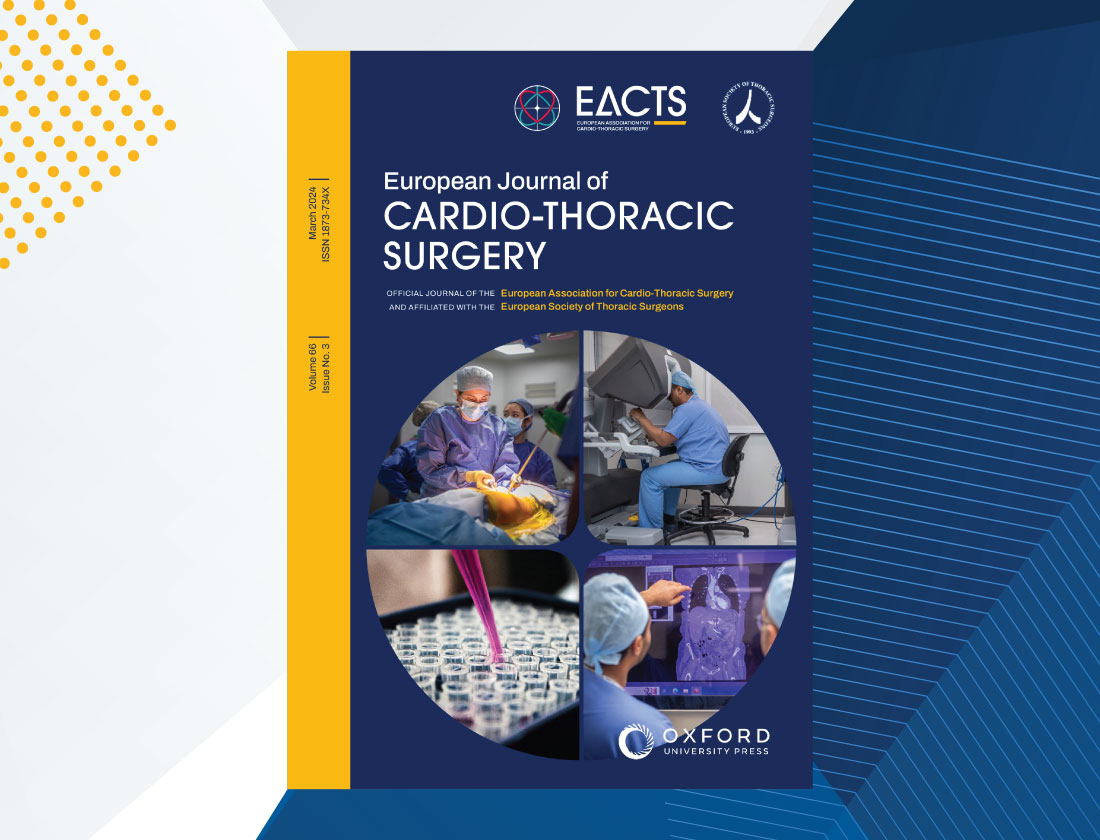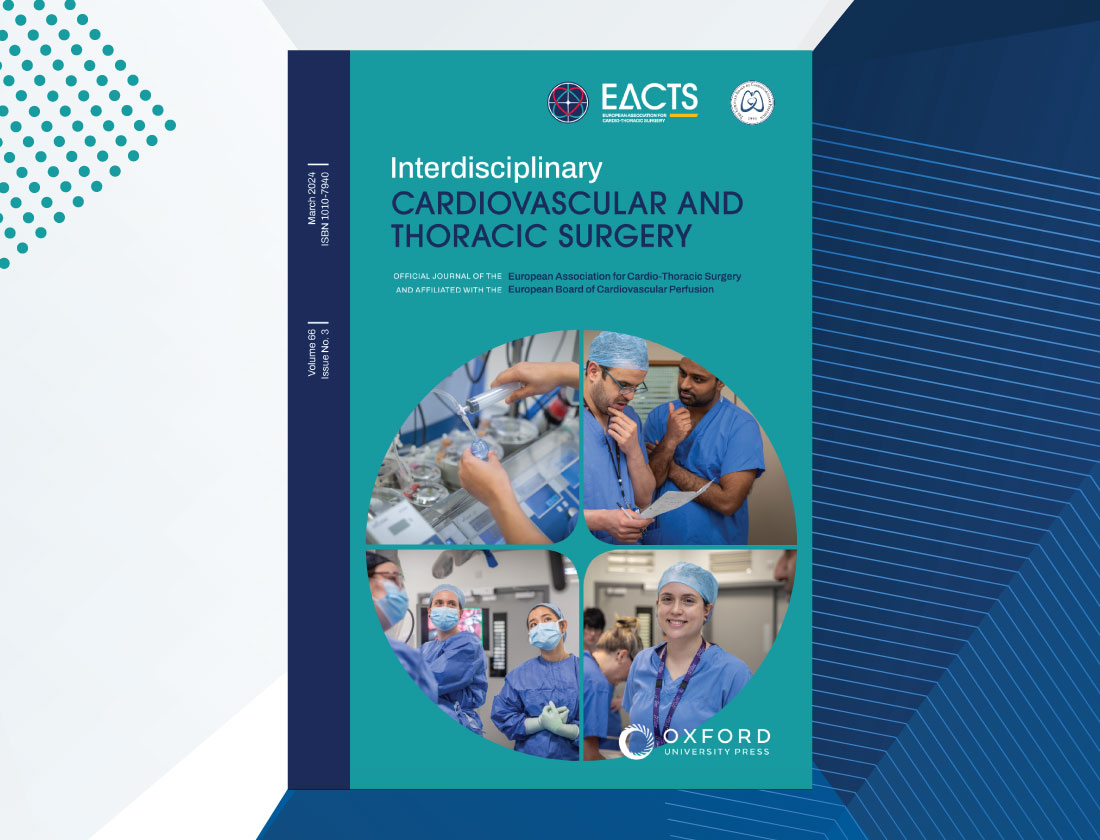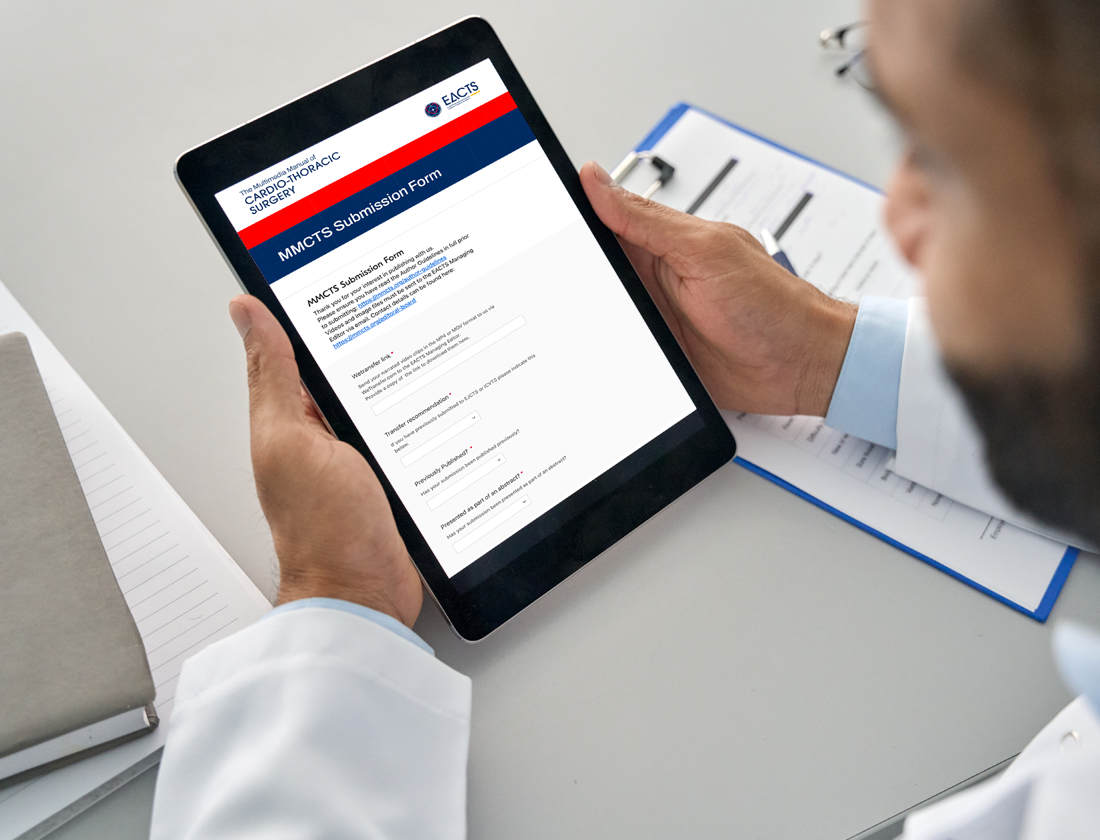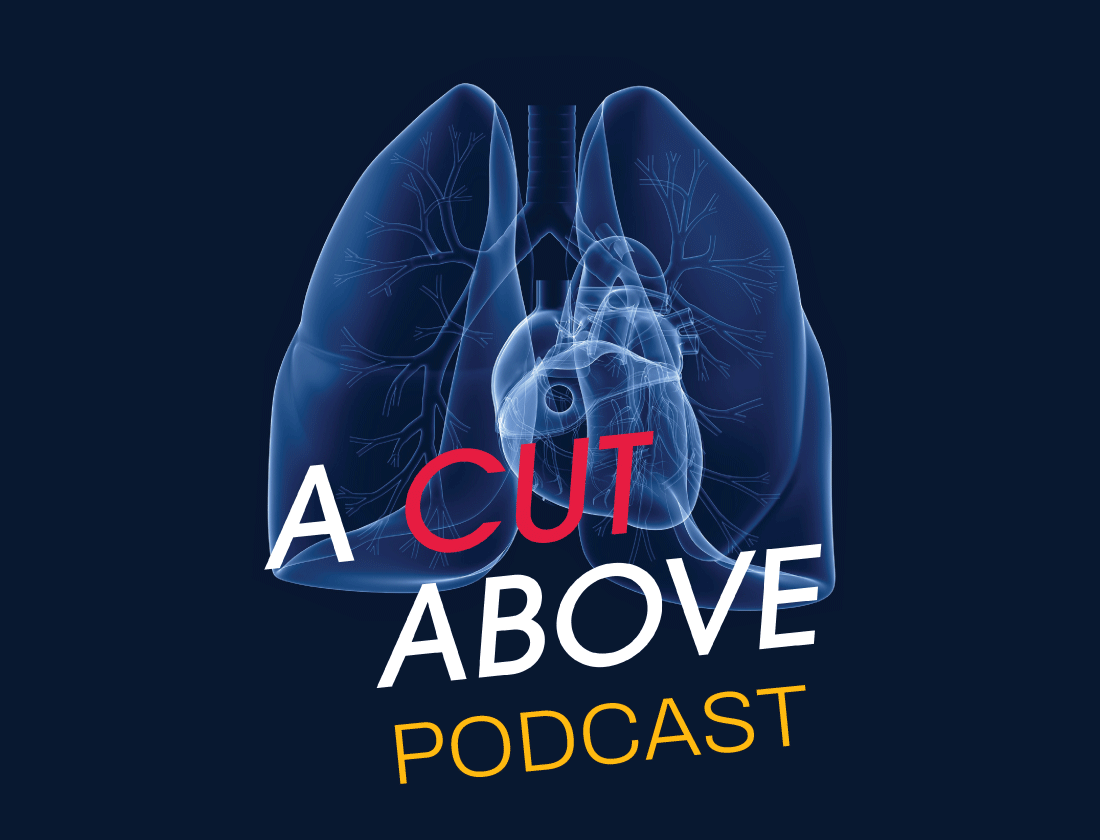Tutorial
Post-oesophagectomy hiatal hernia
This video tutorial presents the laparoscopic repair of a post-oesophagectomy hiatal hernia in a 69-year-old patient who had an oesophagectomy 5 years previously for distal oesophageal cancer. He presented acutely with epigastric pain, nausea and hiccups. During the operation, the herniated small bowel was reduced and found to be viable. The defect was sealed by suturing the conduit to the diaphragm. At a follow-up examination 23 months after the repair, the patient is asymptomatic and there is no evidence of recurrence.
Hiatal herniation is a rare complication following oesophagectomy. Most patients are symptomatic and at least 50% require an emergency operation for bowel obstruction or perforation. Surgical repair is usually performed via an abdominal approach. Repair is tailored to intraoperative findings and may include cruroplasty to reduce the size of the hiatus to the width of the gastric conduit, fixation of the conduit to the diaphragm and mesh repair or reinforcement [1–5]. It is important to balance the requirement to seal the defect with the requirement to preserve the right gastroepiploic vascular pedicle [6, 7].

1 - Patient presentation (0:13)
A 69-year-old patient was admitted for a 24-hour history of acute epigastric pain, nausea and hiccups. Five years previously (in 2017), he was treated for a distal oesophageal adenocarcinoma, including preoperative chemoradiotherapy followed by a minimally invasive 3-field oesophagectomy. The postoperative course was marked by a low-volume chylothorax that resolved with 2 weeks of conservative treatment. He had not had any other complications and had been well during regular outpatient follow-up visits with no evidence of recurrence. He did not have any other significant past medical history. The physical examination showed him to be in moderate distress and mildly tachycardic. Chest and abdominal examinations were unremarkable. The results of standard blood work were normal. A computed tomography scan showed herniation of multiple loops of small bowel through the oesophageal hiatus into the right pleural space, without any signs of obstruction or vascular compromise. The patient was taken urgently to the operating room for laparoscopic repair.

2 - Positioning and trocar placement (2:00)
The patient is positioned in a modified lithotomy position. The operation is performed laparoscopically, using a supra-umbilical Hasson trocar for the camera and two 5- mm ports in the upper abdomen. Previous laparoscopic incisions may be reused. A Nathanson liver retractor (Karl Storz SE & Co., Tuttlingen, Germany), is inserted through a small incision under the xyphoid to retract the left lobe of the liver.

3 - Hernia reduction (2:35)
Post-oesophagectomy hiatal hernias are more frequent after a minimally invasive oesophagectomy, and typically there are few adhesions. It is important to identify the gastric tube and right gastroepiploic pedicle to prevent inadvertent injury. The herniated bowel is identified where it passes through the hernia defect, and it is gently reduced into the abdomen.

4 - Lateral repair (4:22)
The hernia defect is inspected. It is located along the left lateral and posterior aspects of the hiatus. One can notice the absence of a sac and the absence of adhesions within the lower mediastinum. In contrast, the anterior and right lateral portions of the hiatus have adhered to the gastric conduit.
In this case the gastric tube lies comfortably within the hiatus, and no attempt is made to further narrow the hiatus. Rather, the gastric conduit is sutured to the crux in order to seal the hernia defect, making sure to incorporate solid tissue in the repair.

5 - Posterolateral repair (7:20)
Repair of the posterolateral aspect of the defect is tricky because it is where the gastroepiploic pedicle is located. One must therefore balance the requirement to properly seal the defect with the requirement to avoid compromising the vascular pedicle, either by direct injury or compression. Once the defect is sealed, an absorbable mesh overlay may be used to promote fibrosis; in this case, a polyglycolic acid mesh was used (Vicryl , Johnson & Johnson MedTech, Cincinnati, OH, USA).
Outcome
The patient resumed oral intake of liquids on postoperative day 1. He had some hiccups that were presumed to be due to operative irritation of the diaphragm, possibly compounded by the slowed gastric emptying. This situation was managed using prokinetic agents and a gradual progression of his diet over several days. There were no other adverse events, and he was discharged home in good condition on postoperative day 6, with a normal diet. The patient was instructed to avoid strenuous physical activity, avoid lifting more than 5–10 pounds and take stool softeners/laxatives as needed for 8 weeks. The patient remains asymptomatic 23 months after hernia repair and 80 months after the oesophagectomy, with no radiological evidence of hernia recurrence.
Discussion
Para-conduit hiatal herniation occurs in approximately 3–5% of patients after an oesophagectomy [1, 2]. The organs involved are most often the colon and/or small bowel, and they usually herniate into the left hemithorax [1, 2]. Herniation into the right hemithorax and along the midline may also occur. Most cases occur within 2 years of an oesophagectomy, with median times to diagnosis ranging from 2.3 to 28.3 months [1].
A minimally invasive oesophagectomy is associated with a higher risk of herniation than an open oesophagectomy [1–3], possibly because of decreased intra-abdominal adhesions, damage to the hiatus during dissection and strain on the hiatus with abdominal insufflation of carbon dioxide [6]. The risk is also increased when the hiatus is enlarged surgically to accommodate the conduit [1]. Over the long term, gradual enlargement of the hiatus and the continuing effects of the thoraco-abdominal pressure differential may potentiate herniation [1], including pressure spikes and stress on the hiatus generated by coughing, vomiting and hiccups [2–4].
Other risk factors include preoperative hiatal hernia [4], en bloc oesophagectomy [4], neoadjuvant therapy [1, 2], a low body mass index [2–4] and larger tumours requiring more extensive dissection [1–4]. Cruroplasty and conduit fixation to the diaphragm during initial oesophagectomy are sometimes used in an attempt to reduce the incidence of herniation, but their effectiveness has not been formally established [6, 8]. Prolonged survival may allow more time for herniation to develop [1, 2], and, overall, the incidence is higher in early-stage cancers and benign disease [6, 9].
Most patients present with symptoms, which may include abdominal pain (54.7%), nausea/vomiting (33.4%) and dyspnoea (24%) [2]. Approximately 50% of patients require an emergency operation for acute symptoms, including bowel incarceration or perforation [1, 2]. Less frequently, patients may have mild, non-specific symptoms such as epigastric or chest discomfort; 15.5% of cases are asymptomatic and are diagnosed incidentally on follow-up imaging [2]. Computed tomography scanning is usually diagnostic [1].
Surgical repair is indicated in most cases to treat symptoms and prevent complications [1, 2]. The surgical approach is usually abdominal (open or laparoscopic). Reduction of the herniated bowel is usually straightforward, but in rare cases where intrathoracic adhesions prevent reduction, thoracic access may be required. Repair of the hernia defect is not standardized and needs to be tailored to individual intraoperative findings. In published series it usually involves some form of cruroplasty (65% of patients) to adjust the size of the hiatus to the width of the conduit, with or without fixation of the conduit to the diaphragm [1, 3, 5]; in any case, it is important to avoid compromising the right gastroepiploic vascular pedicle either by direct injury or external compression [6]. Mesh reinforcement or mesh-only repair (using biological mesh) has been described in approximately 35% of cases [2,10]. Synthetic non-absorbable mesh should be avoided because of a high risk of severe complications [5]. Reinforcement of the repair using the omentum (omentoplasty) has also been described [4]. Recurrence rates of approximately 16% have been reported, and in this case additional surgical intervention may be required [2].
Conclusion
Para-conduit hiatal herniation is a rare complication following oesophagectomy. Surgical repair of the defect through an abdominal approach is standard treatment. During repair, the right gastroepiploic vascular pedicle must be protected to avoid direct injury or inadvertent compression.
1. Murad H, Huang B, Ndegwa N, Rouvelas I, Klevebro F. Postoperative hiatal herniation after open vs. minimally invasive esophagectomy; a systematic review and meta-analysis. Int J Surg 2021;93:106046.
PubMed Abstract | Publisher Full Text
2. Bona D, Lombardo F, Matsushima K, Cavalli M, Panizzo V, Mendogni P et al. Diaphragmatic herniation after esophagogastric surgery: systematic review and meta-analysis. Langenbecks Arch Surg 2021;406:1819–29.
PubMed Abstract | Publisher Full Text
3. Gust L, Nafteux P, Allemann P, Tuech J-J, El Nakadi I, Collet D et al. Hiatal hernia after oesophagectomy: a large European survey. Eur J Cardiothorac Surg 2019;55:1104–12.
PubMed Abstract | Publisher Full Text
4. Hölscher AH, Fetzner UK. Paraconduit hiatal hernia after esophagectomy. Prevention—indication for surgery—surgical technique. Dis Esophagus 2021;34:doab025.
PubMed Abstract | Publisher Full Text
5. Inaba CS, Oelschlager BK. To mesh or not to mesh for hiatal hernias: what does the evidence say. Ann Laparosc Endosc Surg 2021;6:40.
NA | Publisher Full Text
6. Price TN, Allen MS, Nichols FC, Cassivi SD, Wigle DA, Shen KR et al. Hiatal Hernia After Esophagectomy: Analysis of 2,182 Esophagectomies From a Single Institution. Ann Thorac Surg 2011;92:2041–5.
PubMed Abstract | Publisher Full Text
7. Notthingham J, McKeown D. Transhiatal Esophagectomy. StatPearls [Internet]. 2024 Jan.
NA | Publisher Full Text
8. Gooszen JAH, Slaman AE, van Dieren S, Gisbertz SS, van Berge Henegouwen MI. Incidence and Treatment of Symptomatic Diaphragmatic Hernia After Esophagectomy for Cancer. Ann Thorac Surg 2018;106:199–206.
PubMed Abstract | Publisher Full Text
9. Kent MS, Luketich JD, Tsai W, Churilla P, Federle M, Landreneau R et al. Revisional Surgery After Esophagectomy: An Analysis of 43 Patients. Ann Thorac Surg 2008;86:975–83; discussion 967–74.
PubMed Abstract | Publisher Full Text
10. Narayanan S, Sanders RL, Herlitz G, Langenfeld J, August DA. Treatment of Diaphragmatic Hernia Occurring After Transhiatal Esophagectomy. Ann Surg Oncol 2015;22:3681–6.
Video editing: Christopher Desalliers, Technicien informatique, DERI, Service des techniques audiovisuelles, CIUSSS de l'Est-de-l'Île-de-Montréal. Narration: Kris Leblanc, Pointe-Claire, Quebec, Canada.
Dr. Rakovich supervises graduate students in lung biomechanics funded by Transmedtech. Dr. Rakovich receives speaker fees from Johnson and Johnson. No other authors declared conflicts of interest.
Authors
Marie-Eve Truchon1, Alicia Truchon1, Denise Ouellette2 & George Rakovich2
Affiliations
1Medical Student, University of Montreal Faculty of Medicine
2Hôpital Maisonneuve-Rosemont, University of Montreal School of Medicine, Montreal, Quebec, Canada
Corresponding Author
George Rakovich
Hôpital Maisonneuve-Rosemont
Montreal, Quebec
Canada
Email: george.rakovich@umontreal.ca
Keywords
© The Author 2025. Published by MMCTS on behalf of the European Association for Cardio-Thoracic Surgery. All rights reserved.






